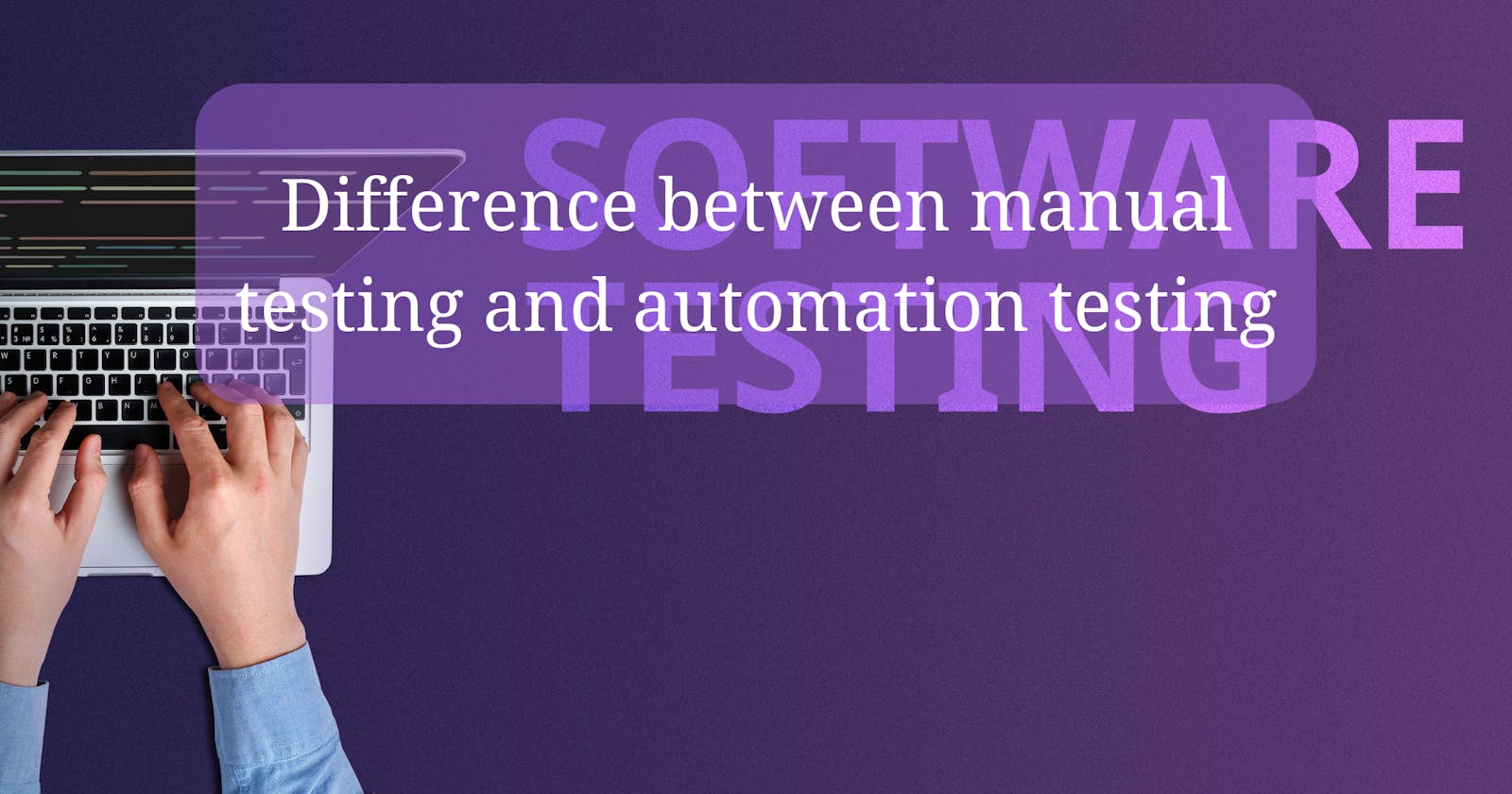Testing software is important before its launch. Testing an application ensures that it meets the objectives to which it was designed. With the frequency of changes to software increasing, the percentage of tests for “new features” progressively diminishes. Teams are increasingly spending time ensuring existing features continue to work. Therefore, the practice of automating tests to reduce the “regression” burden has steadily increased.
What is Manual Testing?
A QA Analyst executes manual testing to detect bugs or defects found in software at the development stage. Software is built with several essential features. A skilled and experienced tester checks all these features, execute test cases and generate reports without the help of any software automation testing tools. This traditional method helps in detecting bugs in software systems. To accomplish the software testing, the process is conducted by experienced testers.
Benefits of Manual Testing
- In manual testing, the testers execute test cases manually without any support from tools or scripts. Manual testing allows you to detect errors.
- Manual testing allows you to explore a few more possibilities. Ad hoc testing allows trying different avenues of detecting errors.
- Manual testing can eliminate the errors, which automated testing fails to detect.
- Manual testing is useful when automated testing is not technically possible or is not cost-effective.
- Manual Testing can help you to detect the issues better, identify the whole problem and fix them.
What is Automation Testing?
Automation allows the testing team to offload some of the test execution efforts to software to execute against a set of pre-determined inputs and validate against expected outputs. Automated testing is a pre-scripted test that runs automatically to help the tester determine whether the behaviour of the application is as expected. Automated testing lowers the run time of repetitive tasks or regression test execution. Automation is an investment that would reduce your efforts over a period of time. Initially, additional effort and costs are required for procuring the software and creating the test scripts, thereafter it may run automatically with lack or no human effort.
Benefits of Automation Testing
- Automation allows the testing team to focus more on “new features” and reduces the repetitive, detailed-oriented regression testing.
- By completing tasks faster, any potential errors can be identified more quickly to enable faster closure of defects.
- It reduces business risks by increasing coverage of the tests you can perform within a given period of time.
- Ensures increased quality of test results by decreasing the necessity of fixing glitches after release and reduces project costs
- It increases high test coverage leading to testing more features. Automated test cases can be used multiple times through different approaches
- Automation allows you to detect software defects at an early stage so that the glitches can be fixed in a cost-effective way
- Automation allows you to launch the product in the market faster while protecting the potential risks of data manipulation
Despite its benefits, many organizations do not fully implement test automation, either because of the initial cost or the efforts required to maintain the level of automation. This is a case where the intangible benefits are equally important to the tangible benefits.
Both manual and automated testing have advantages and disadvantages, and both forms of testing are equally important to get the best results of testing. It is not a case of one or the other, but a question of using the right tool for the right task.
A few key differentiation are:
Manual Testing is done manually by an experienced QA analyst. Automation Testing is done using scripts, codes, and automation tools by a tester.
In the manual testing process, there are possibilities of human errors. The automation process is code and script-based, hence it is reliable.
Manual Testing is time-consuming. Automation Testing is very fast.
Manual Testing is possible without programming knowledge. Automation Testing needs programming knowledge.
Manual Testing allows for random testing. There is no scope for random testing in the automation process.
What manual testing is best suitable for? Ad-hoc Testing: It is an unplanned method of testing. The essential factor is the tester’s understanding and insights.
Exploratory Testing: This test is not possible without human skills. A tester must have the knowledge, experience, analytical/logical skills, creativity, and intuition to execute the testing process.
Usability Testing: Human observation is an important factor to measure user-friendliness, efficiency, or the convenience of the software or product for the end-users.
Click here to read the full article.
